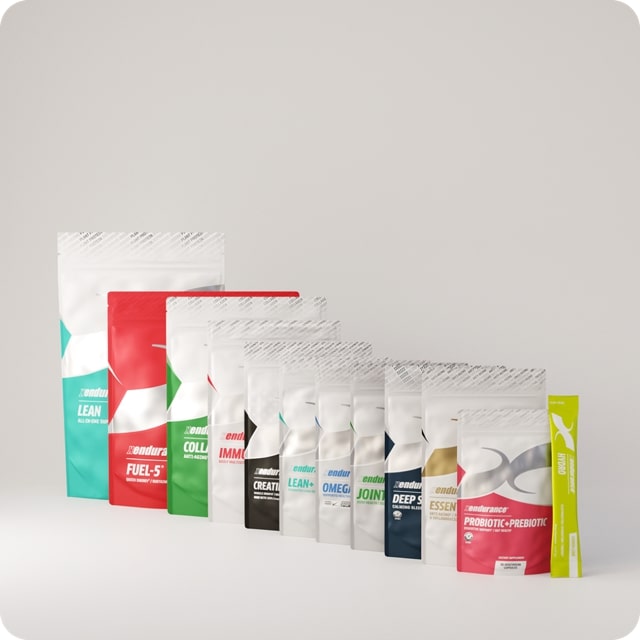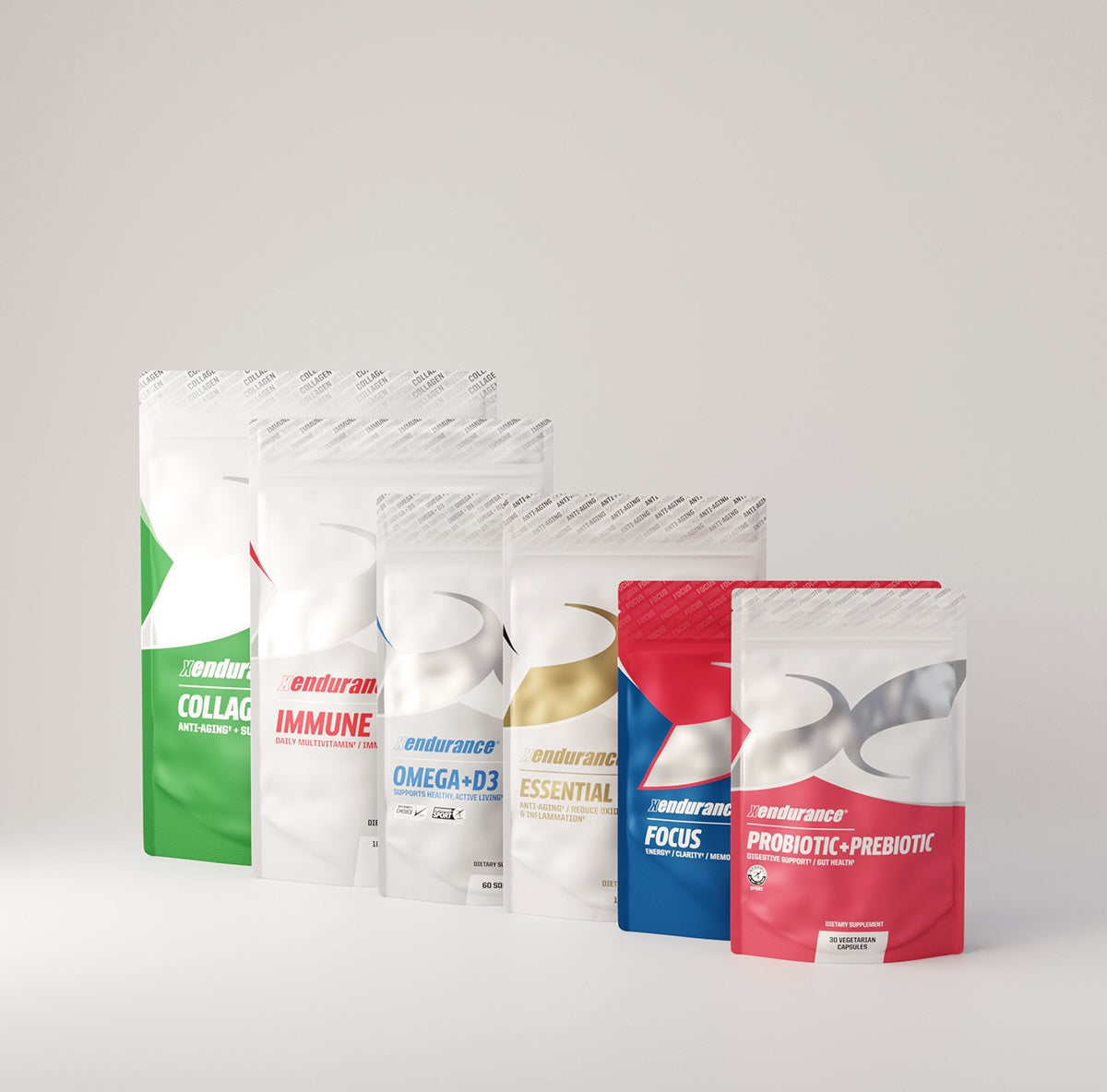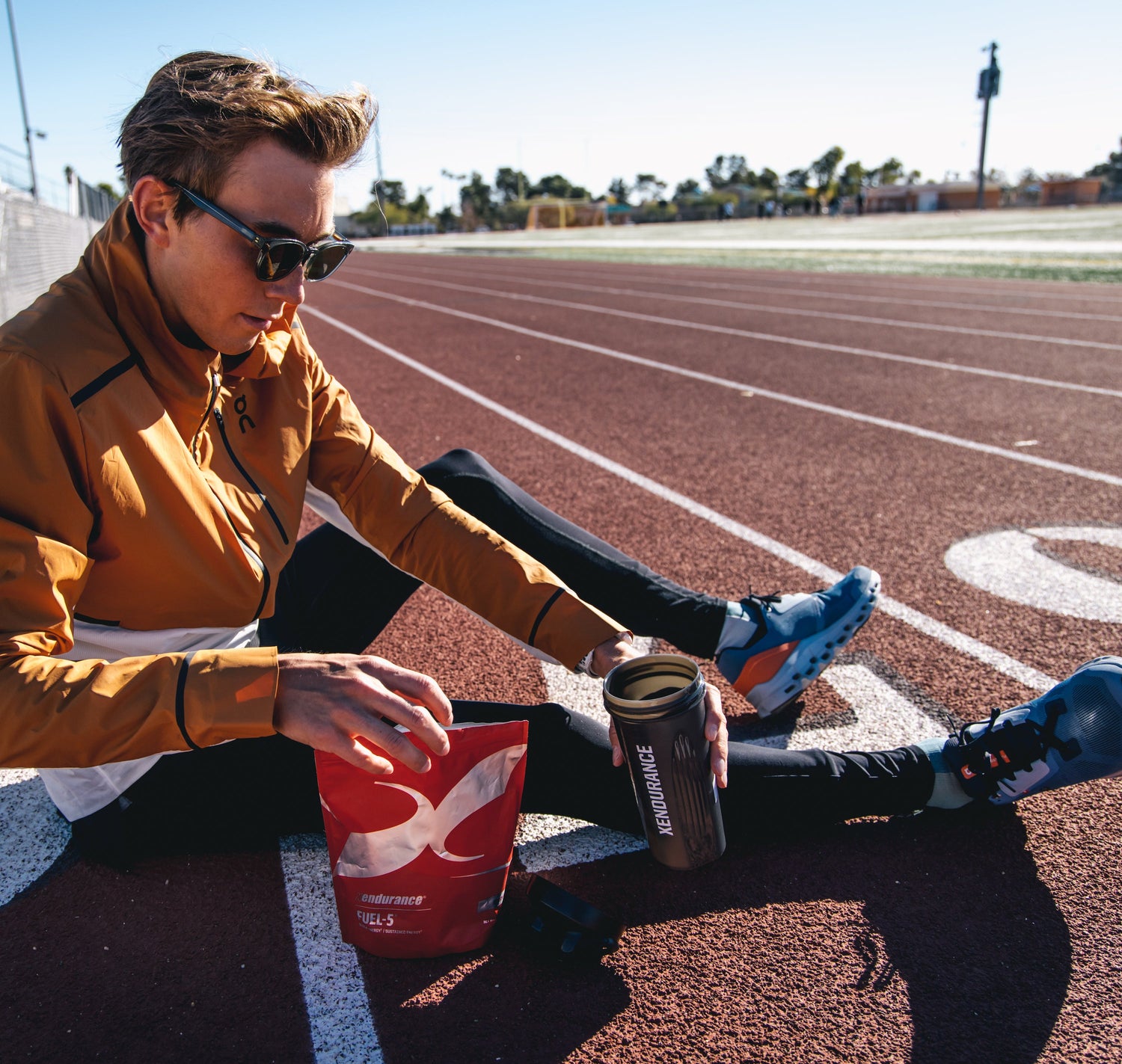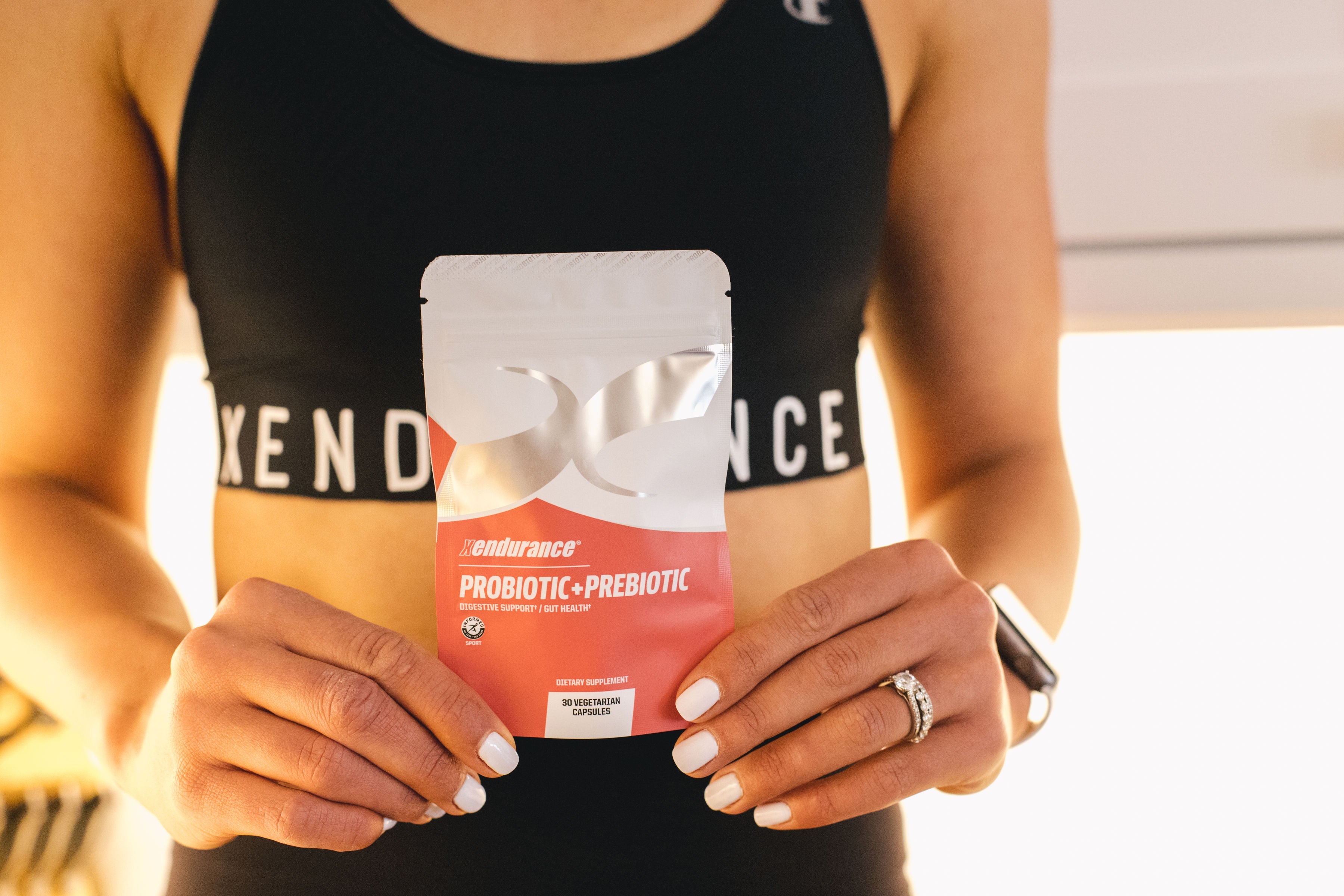Are you looking to start racing in 2022? Making a goal to run your first race or maybe come back from an off season takes planning. Our racing coaches have compiled a list of frequently asked questions and, you guessed it, answered them!
As my training volume goes up I want to constantly eat. Is this OK?
Think of your body like a machine. As you exercise the machine more, it needs more fuel. It’s not abnormal to need nearly double your normal amount of calories when training kicks into gear. Particularly during longer bouts of exercise (lasting more than two hours), the body needs more fuel and will start to break down and become injured if you’re not careful. So fuel the body, starting with getting enough carbs on board.
My muscles ache all the time. Is that normal?
Especially at the start of triathlon training, you bet it is. Muscle is connected to bone via tendon. Like a coral reef constantly being made and remade, the tissues of the body, muscle, tendon and bone are always in a state of flux. When loaded over time, through weight training, running, biking or swimming, they build strength. In the case of muscle and tendon, the tensile strength gains take time, often several months. As such, it is perfectly normal to feel a bit like you’ve been smacked with a 2-by-4 in the first month or two of training. But if the pain is so bad that it limits your ability to train, it’s important to get checked out.
After a ride, my “undercarriage” hurts. Should I just get used to the pain?
When it comes to saddle soreness and even saddle sores, there’s a break-in period that happens. But if pain persists beyond the initial breaking-in phase, you could be riding the wrong saddle—or riding the right saddle in the wrong position. The key is to find the just-right butt-to-saddle match to alleviate too much pressure in delicate areas, which can result in erectile dysfunction in men and numbness in women. If you are experiencing these issues, get them checked out sooner rather than later—the saddle is most often the culprit. A good bike fitter can help troubleshoot the technical aspects of your bike setup.
How do I know when an injury is serious?
Certainly some aches and pains are a normal part of triathlon training, but it’s important to recognize unhealthy pain—pain that changes how you move. If your swim stroke is altered by a sore shoulder, or your bike cadence hampered by an achy knee, or your run stride tweaked by a painful shin, get it checked out. Most injuries happen because the athlete isn’t listening to his or her body. I generally find that in all aspects of sports medicine, from doctors to physical therapists to nutritionists, athletes understand athletes, so consider seeing a health professional who’s also an athlete (there are a lot of us out there)!
The best medicine involves someone who wants to keep you moving but also find out the cause of the injury. This might include addressing the mechanics of movement such as how you run, bike or swim and also trying to teach ways to prevent future injury.









Leave a comment
This site is protected by hCaptcha and the hCaptcha Privacy Policy and Terms of Service apply.